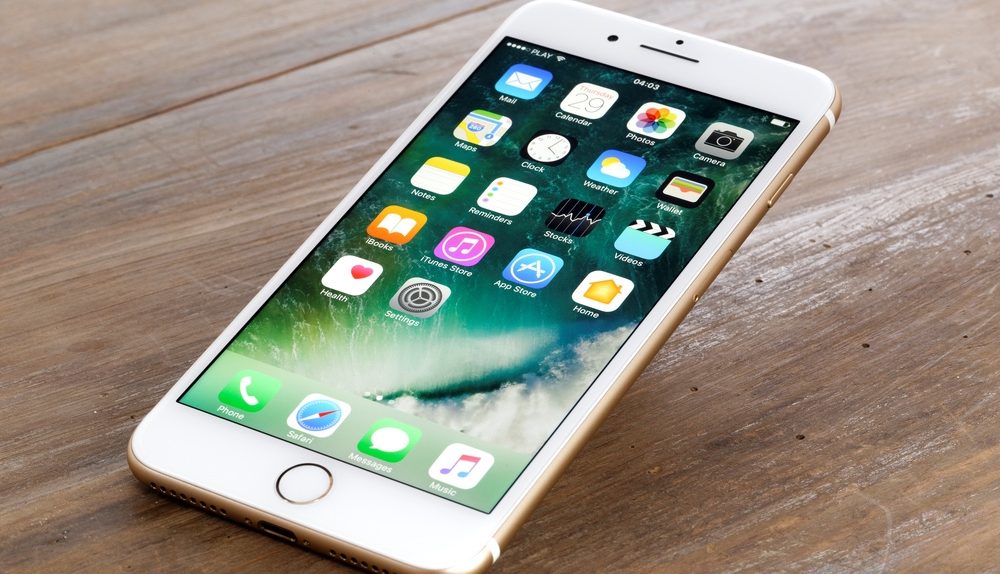With a whole lot of fanfare, Apple in 2015 introduced 3D Touch to the world and positioned it as one of the flagship features of the iPhone 6s. Years in the making, 3D Touch was supposed to change the way we used our smartphones by completely adding a completely new and intuitive method of UI interaction.
Nearly four years after its introduction, however, it’s fair to say that 3D Touch never quite managed to live up to the hype that accompanied its unveiling. While the feature — which presented users with a variety of contextual options based on the amount of pressure applied to the display — was technologically impressive, it was not readily discoverable or even available on all iOS devices. In light of that, we’re now seeing reports that Apple with iOS 13 has effectively axed the feature altogether in favor of a long press alternative.
Rumors of 3D Touch’s demise started to spring up in the weeks and months ahead of WWDC. And now that the first iOS 13 beta is in the hands of developers, 9to5Mac confirms that iOS users with 3D Touch-enabled devices will no longer be able to take advantage of 3D Touch once iOS 13 drops.
The good news is that the features provided by 3D Touch, like Peek and Pop or Home Screen Quick Actions, are now available with long-press gestures. The bad news is that owners of 3D Touch phones, i.e. all iPhones since the iPhone 6s apart from the SE and the XR, lose out on functionality that existed in previous OS versions.
Apple has standardized on a new long-press gesture for contextual actions in iOS 13. This gesture is available on all iPhones, iPads and the seventh-generation iPod touch.
It’s a bit disheartening to see a feature brimming with utility and untapped potential kicked to the curb. And while a long press offers some of the same benefits, there’s no disputing that it represents a “definite regression in fluidity and functionality for 3D Touch iPhones.”
Having said that, and in light of the fact that 3D Touch was not as widely used as many anticipated, the sad reality is that most iOS users won’t even know what they’re missing.








